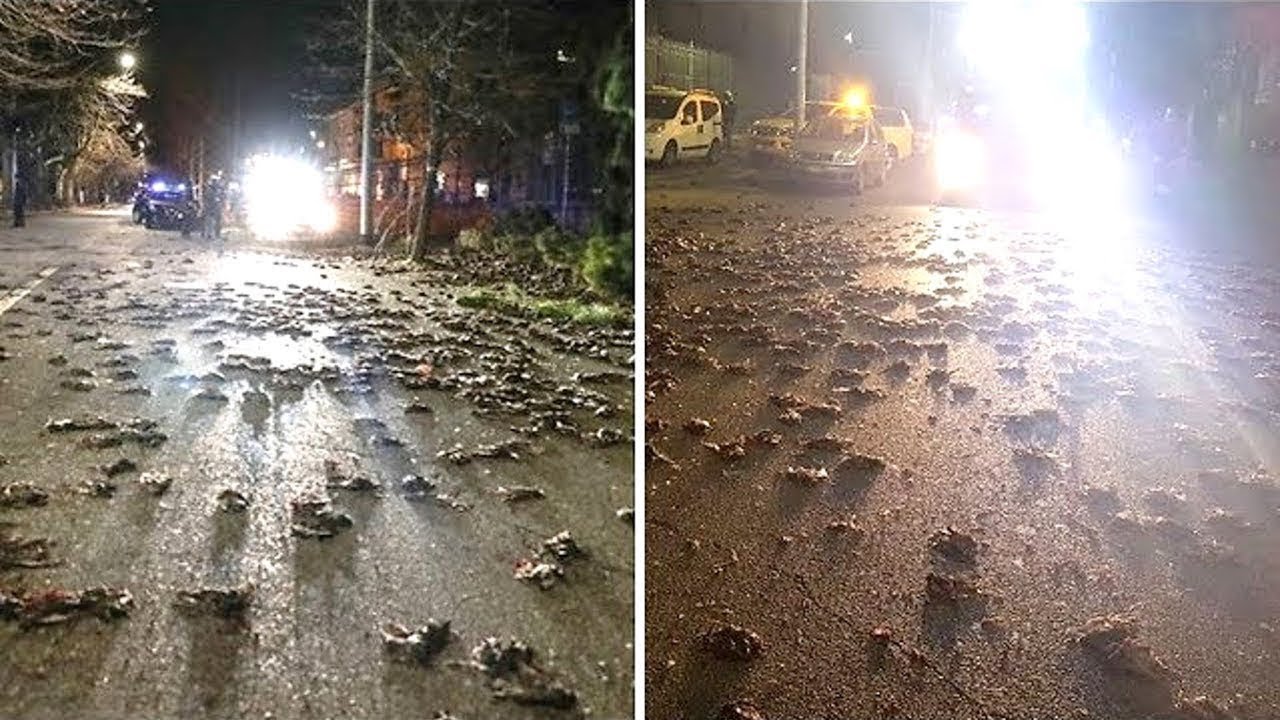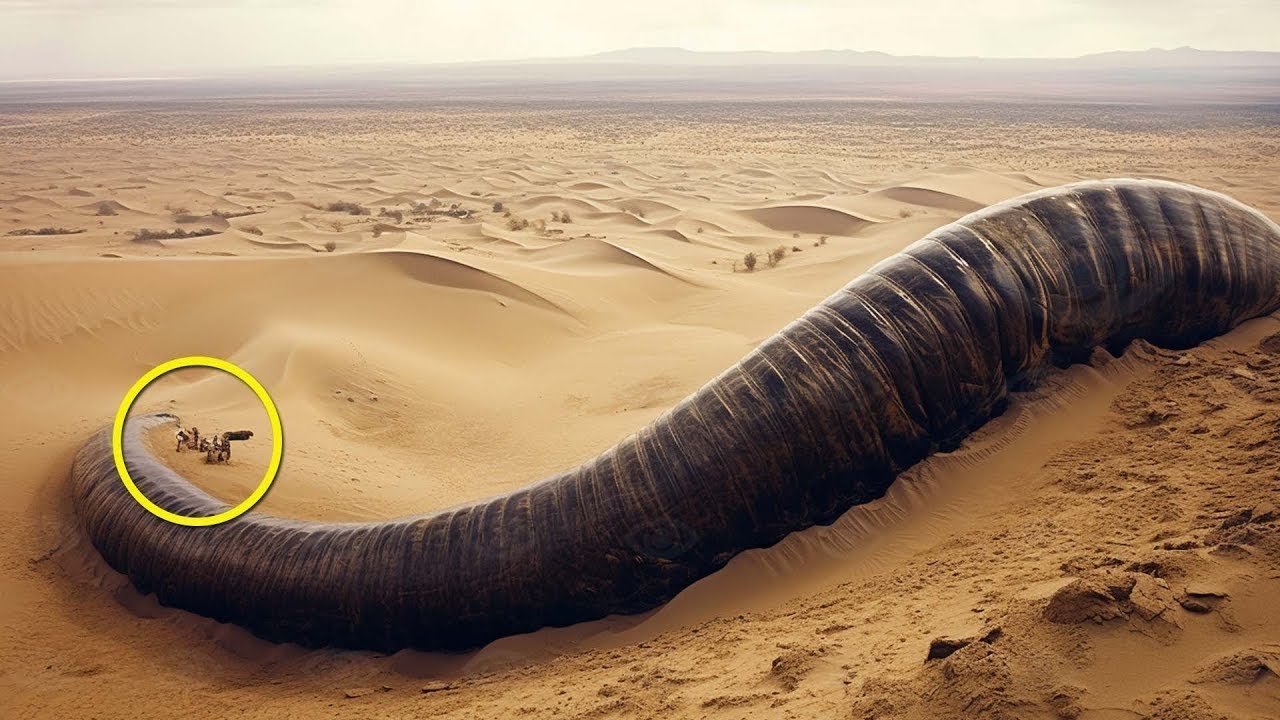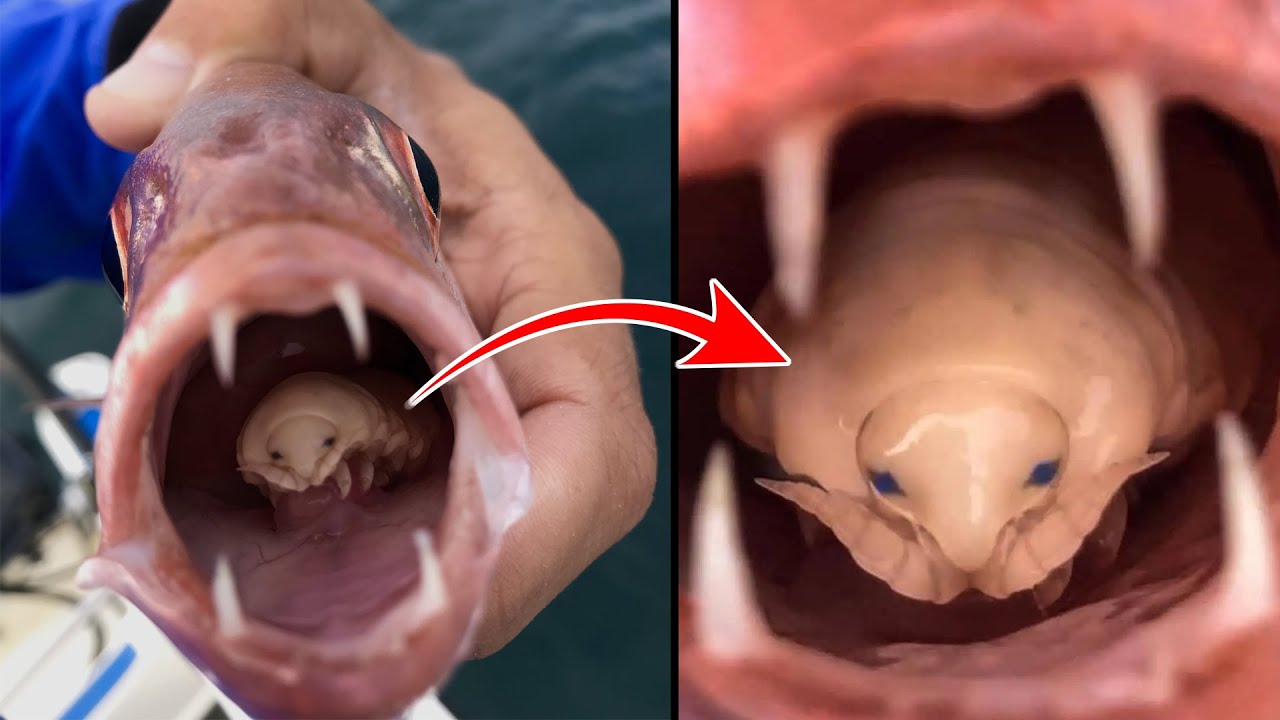Conservation work is not for the faint of heart — our teams are working on the frontlines, helping elephants and wildlife out of incredibly harrowing, high-stress, and occasionally heartbreaking situations. And yet, for all its challenges, this is a calling full of hope. For all the trauma and tribulations we witness, we are also constantly treated to reminders of nature’s incredible resilience. These are a few inspiring stories.
– Angela Sheldrick
 Elephants — Some Lucky Survivors
Elephants — Some Lucky Survivors
Very often, our work focuses on the vulnerability of elephants. We are the first responders to tiny orphans found on the brink of death, enormous bulls who have been harmed by the human hand, or entire herds marooned on community land.All these incidents remind us that, despite being the largest creatures to walk planet earth, elephants are still remarkably fragile. A single bullet or a snare can fell a full-grown adult; given their inefficient digestion, a bad drought puts the entire population at risk. Infants take it to the next level: The slightest blip can put a healthy orphan at death’s door in a matter of hours. This is especially true for neonates, who walk a paper-thin tightrope until they progress beyond the dreaded teething stage.
And yet, elephants are full of contradictions. For all their vulnerabilities, they are also incredibly resilient. This is nature’s balance at work: With a gestation period that spans nearly two years — and rarely giving 𝐛𝐢𝐫𝐭𝐡 to more than one calf at a time — elephants have slow rates of procreation. Thus, nature has made them strong and adaptable. All well, an elephant can live well into its sixties or even seventies.For all the trauma and tragedy we encounter in the field, we also witness no shortage of miracles — elephants overcoming truly the greatest odds to not only survive, but thrive.Here is a peek into a few of their stories.

Sonje | Umani Springs Reintegration UnitSonje is an elephant who has paved the way for so many others. Her story with us began in February 2012, when we received reports of an orphaned calf on the eastern boundary of Tsavo East National Park. She had been on her own for several days, and the reason why quickly became apparent: Her right knee was fractured, as the result of either a bullet or a spear.While Sonje beat the odds to survive, it was obvious that she would be physically compromised for the rest of her life. As we planned for the wild futures of her and Murera, a similarly compromised elephant who we rescued just a few days after Sonje, we knew that we needed to think outside the box. [If you’re not already familiar with Murera’s miracle story, you can read more here.]

Sonje beginning her morning stretches
Thus, our third Reintegration Unit was 𝐛𝐨𝐫𝐧. Located in the Kibwezi Forest, Umani Springs provides a protected and, crucially, perennially lush oasis where elephants never have to travel far for food and water. Sonje and Murera became the founding members of this new orphan herd. Under their leadership, a dozen elephants are finding their path back to the wild.Sonje will always walk with a pronounced limp, but ever since that tragic twist of fate eleven years ago, her life has been about moving forward. She has a sparkle in her eye and never seems to take things too seriously. She is also a famous beauty, who can usually be found with a trail of admiring bulls following in her wake.

Sonje’s yoga sessions often attract a crowd!
Sonje has always been remarkably self-sufficient, knowing exactly what she needs to feel her best. Every morning, without fail, Sonje carves out time for her daily yoga session. She stretches herself this way and that, contorting into all sorts of unlikely shapes.Ask the Keepers why, and they will all give you the same answer: “Sonje knows that she needs to limber up in the morning, because her bad leg gets stiff after a night’s sleep.” She is aware that an entire herd is relying on her for leadership, and she needs to be in top form. With her sunrise stretches out of the way, Sonje gets back to her feet, stands tall, and walks confidently into the forest, with a line of elephants following in her wake.

Ashanti | Voi Reintegration UnitAshanti is one of our newest rescues. She is one of the countless victims of the drought that blighted last year. During a routine patrol, the SWT/KWS Burra Anti-Poaching Team spotted a young elephant mired in thick, sticky mud. She was utterly alone, which was hardly surprising given the challenging conditions. Elephants are all about survival, and while they will try their best to save one of their own, they also know when to move on. No doubt Ashanti’s family attempted to free her, but once it became evident that she was hopelessly stuck, they made the heartbreaking decision to leave her behind.But our team quickly discovered an additional twist to Ashanti’s story: About half her trunk was missing, cut clean by a poacher’s snare. These simple wire or rope loops are typically set to catch bushmeat, but they are as indiscriminate as they are cruel, capable of 𝓀𝒾𝓁𝓁ing or harming all manner of creatures. This snare had severed the ‘fingers’ at the tip of Ashanti’s trunk. These faux digits are perhaps the greatest asset of African elephants, allowing them to dextrously grasp the smallest blade of grass or pick up a tiny piece of food. It would be easy to assume that, without these fingers, an elephant’s fate is sealed.

Ashanti, shortly after her rescue
However, that would be a misjudgment. A severed trunk certainly puts an elephant at a disadvantage, but it isn’t always a death sentence — particularly if the injury happens to an adult. [See below for more poignant proof!] But when the victim is young, they often need support through their milk-dependent years.Such was the case with Ashanti. She was dependent on her mother’s milk, grappling with a life-changing injury, and navigating a once-in-a-decade drought. These factors converged when she became stuck in mud, handing her a death sentence.

Already, Ashanti has adapted her browsing techniques
Fortunately, Ashanti got the lifeline she needed. Because she was rescued on the older side and in close proximity to Voi, we decided to bring her directly to our Voi Reintegration Unit. Perhaps, in the fullness of time, she will reunite with her natal family. If that isn’t to be, she will always have a loving and supportive human-elephant family to look after her at Voi.It’s been less than a year since Ashanti was rescued, but already, she has adapted marvellously. Whereas other elephants pluck pellets, leaves, and grasses, she has developed an ingenious method of swooping food with the side of her trunk and then scooping it into her mouth. When that fails, she toddles down to her knees and eats directly with her mouth. These eating innovations elicit disbelieving stares from her fellow orphan friends, but they work a trick! At just two years old, this tough little elephant has already shown us that she is a survivor. We feel sure that the future will hold great things for Ashanti.

Enkikwe | Ithumba Reintegration UnitUnlike the other orphans featured here, Enkikwe’s twist of fate unfurled later in life. But first, we will start at the beginning. On 22nd September 2014, Enkikwe’s mother was spotted in the Maasai Mara, surrounded by her offspring and looking outwardly healthy. The very next day, she was found dead on the plains, for reasons that are still unknown. At just ten months old, Enkikwe was far too young to survive without his mother’s milk and protection, so we organised a rescue.Despite his traumatic start to life, Enkikwe thrived at the Nursery and then at our Ithumba Reintegration Unit, where he graduated in 2016. A few years after his arrival in Tsavo, he began spending more time away from the Keepers, instead joining semi-independent orphans on their daily walkabouts. This is a natural and essential part of the rewilding process, and by all accounts, Enkikwe was thriving.

Enkikwe, on the road to recovery
But then, disaster struck. One morning, the Keepers heard a terrible racket from a distant riverbed. A short while later, wild-living orphans Makena, Tumaren, and Rapsu approached the stockades. They were gently escorting a much younger elephant, who was terribly injured. The Keepers quickly realised it was Enkikwe — and it didn’t take much to fill in the gaps of the story.During that time, a pride of particularly aggressive lions had taken up residence near Ithumba. [They have since left the area, much to everyone’s relief.] In numbers, elephants are safe, but Enkikwe must have splintered off. Based on his injuries, he had been mauled by multiple lions: One had latched onto his throat, while another attacked him from behind. It is a miracle that he survived; indeed, we believe he is only alive today because the older orphans intervened, making a great noise and chasing off the predators.

Despite everything, Enkikwe (right) is more than capable of keeping up with his friends
We immediately flew in the SWT/KWS Tsavo Mobile Vet Unit to provide emergency treatment. For months, Enkikwe was entirely stockade-bound, as we cleaned his wounds and administered antibiotics on a daily basis. This was no small ask, as he had just started to hear the call of the wild. However, he intuited that home was where he needed to be. Later in the year, he expanded to small forays outside the compound, before eventually graduating to extended journeys with the dependent orphan herd. Despite his impressive (albeit very gradual) recovery, Enkikwe’s right hind knee remained calcified, due to the gravity of the injury to the ligaments and tendons.
Enkikwe will always walk with a permanent limp — but he has limped his way right back to a life in the wild! Late last year, his agemates (who had a bit of a jumpstart on their reintegration journeys, as Enkikwe put his own on pause) started escorting him on wild expeditions. These brief adventures boosted his confidence, and for many months, the Keepers would find Enkikwe and friends sleeping outside the stockades, just like teenagers who had enjoyed a late night out. This year, he fully reclaimed his place in the wild. Despite his compromised leg, Enkikwe moves just as quickly and adeptly as any other elephant. To see him from the left side, you would never guess at the trauma he had survived. And now, this brave bull has his whole wild life ahead of him.

Our Wild Friends
As I said above, for all the heartbreaking times we are reminded of an elephant’s vulnerability, we also have countless examples of their resilience. In Tsavo alone, several elephants have attained legendary status. There is the bull who was hit by a train many, many years ago. These run-ins rarely end with a life intact, but he beat the odds. Today, decades later, he remains a common sight in southern Tsavo, striding impressively across the plains. He is instantly recognisable because of his hind leg — which, incredibly, healed naturally, though it will forever stick out at nearly a right angle. It looks impossible that an animal could live in the wild with such a handicap, but he has proven us all wrong.

A symbol of resilience, a bull who survived being hit by a train
Another icon who instantly comes to mind is ‘No Trunk’. This bull suffered similar injuries to Ashanti — only his trunk was severed at the base, leaving him essentially trunk-less. One can’t help but do a double-take when looking upon him; his injury seems so improbable, so impossible to survive. But he too has found a way forward, modifying his feeding and drinking techniques so he gets the sustenance he needs. If we needed any further proof about his viability, he navigated last year’s drought with aplomb.

‘No Trunk,’ looking healthy as ever
These are just a few examples among countless elephants who have overcome great adversity to be here today. I haven’t even had the space to go into some of our most resilient orphans’ stories: the miracle that is Murera, Mwashoti and his nearly-severed foot, Enkesha and Amali with their compromised trunks, Esoit and his old leg injury, Barsilinga and Kithaka with their long healing journeys, and so many more. These elephants are living reminders that, even when the odds seem insurmountable, there is often a sliver of hope to be found — and where there is a sliver of hope, no matter how small, we must always fight for it.
Field Notes is a monthly newsletter written by Angela Sheldrick to share a unique perspective into our field projects and the people behind the cause. The email edition includes an interview with a member of the team, which is exclusively available to Field Notes subscribers. To receive the monthly email edition of Field Notes, please sign up here.





